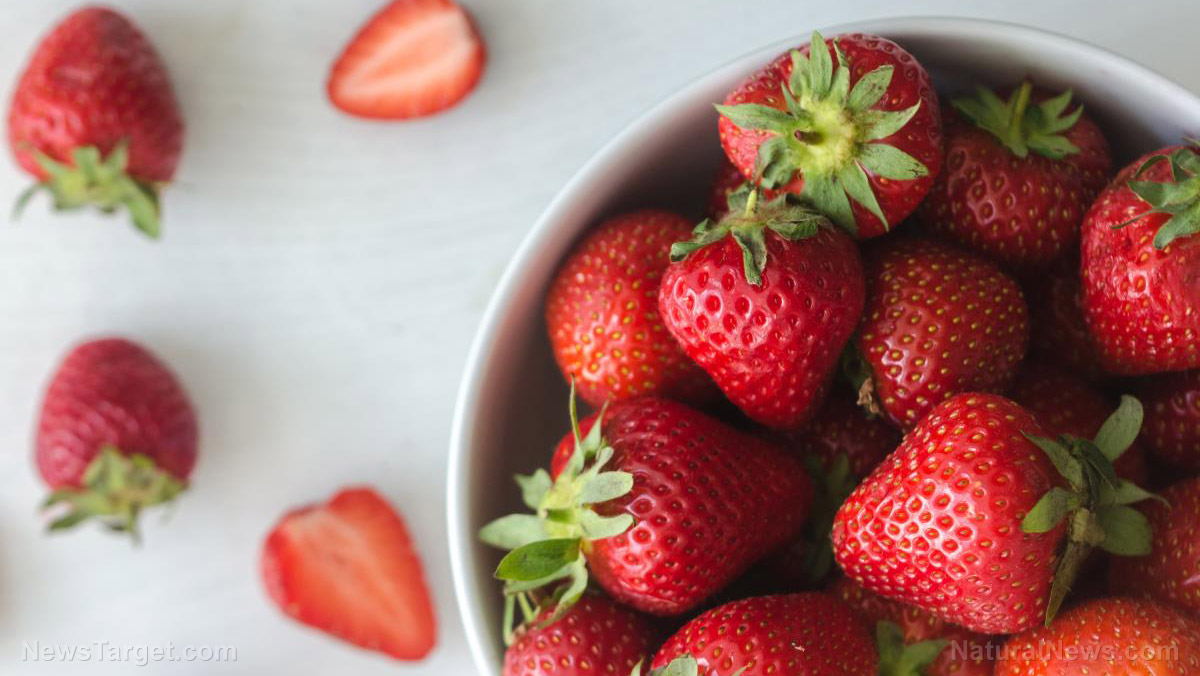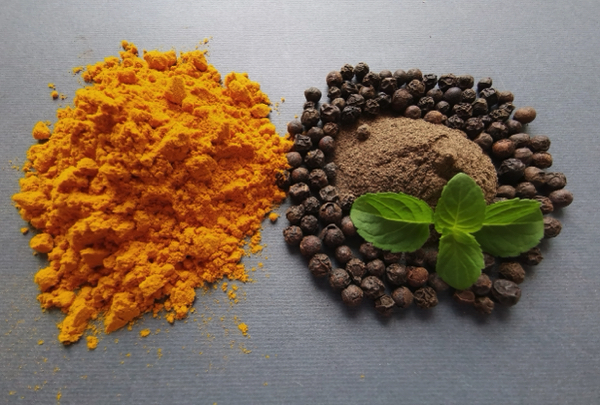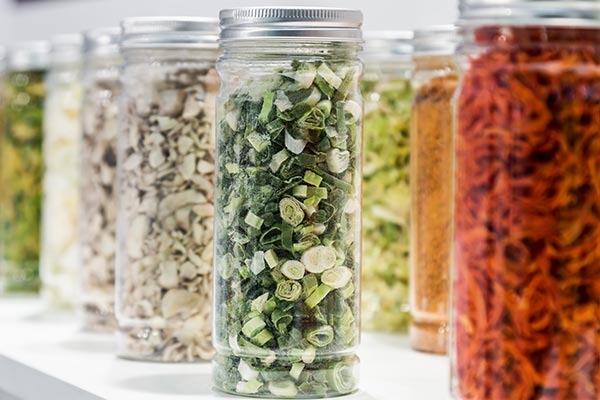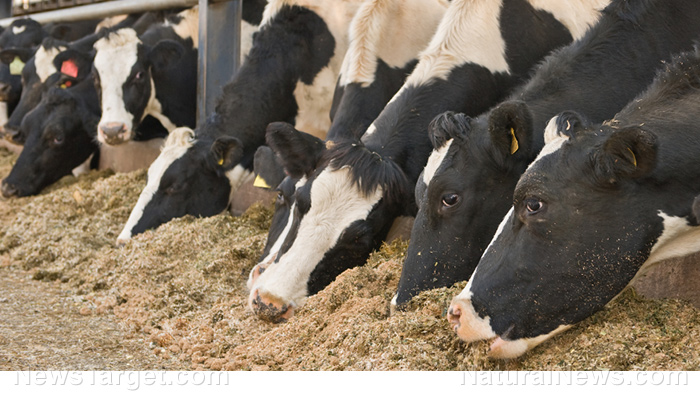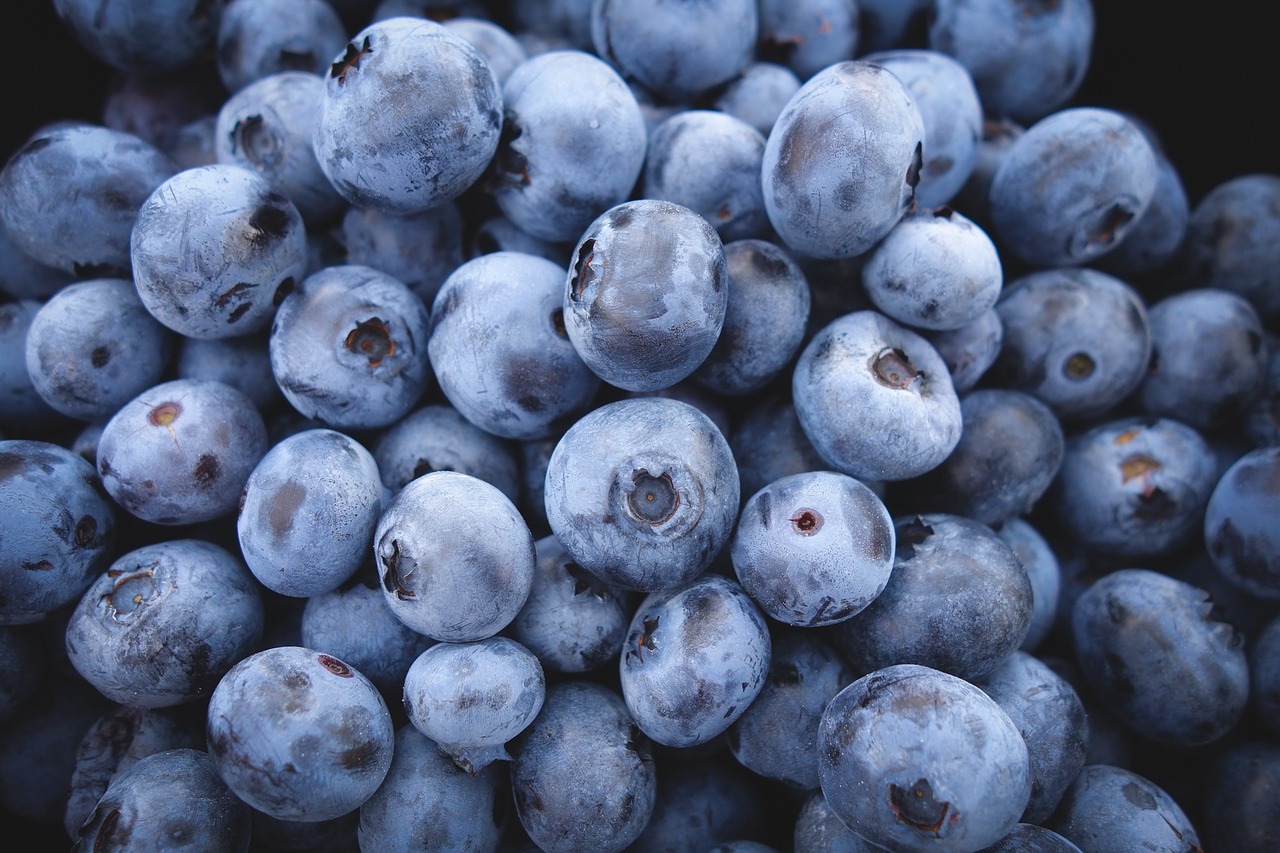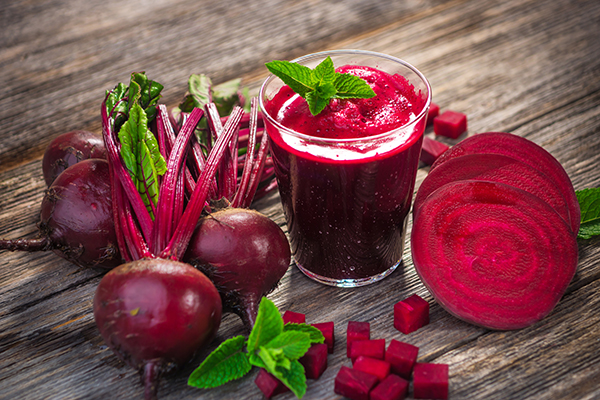OINK SOYNK: USDA green-lights genetically modified soybeans that produce pig proteins
05/03/2024 / By Lance D Johnson
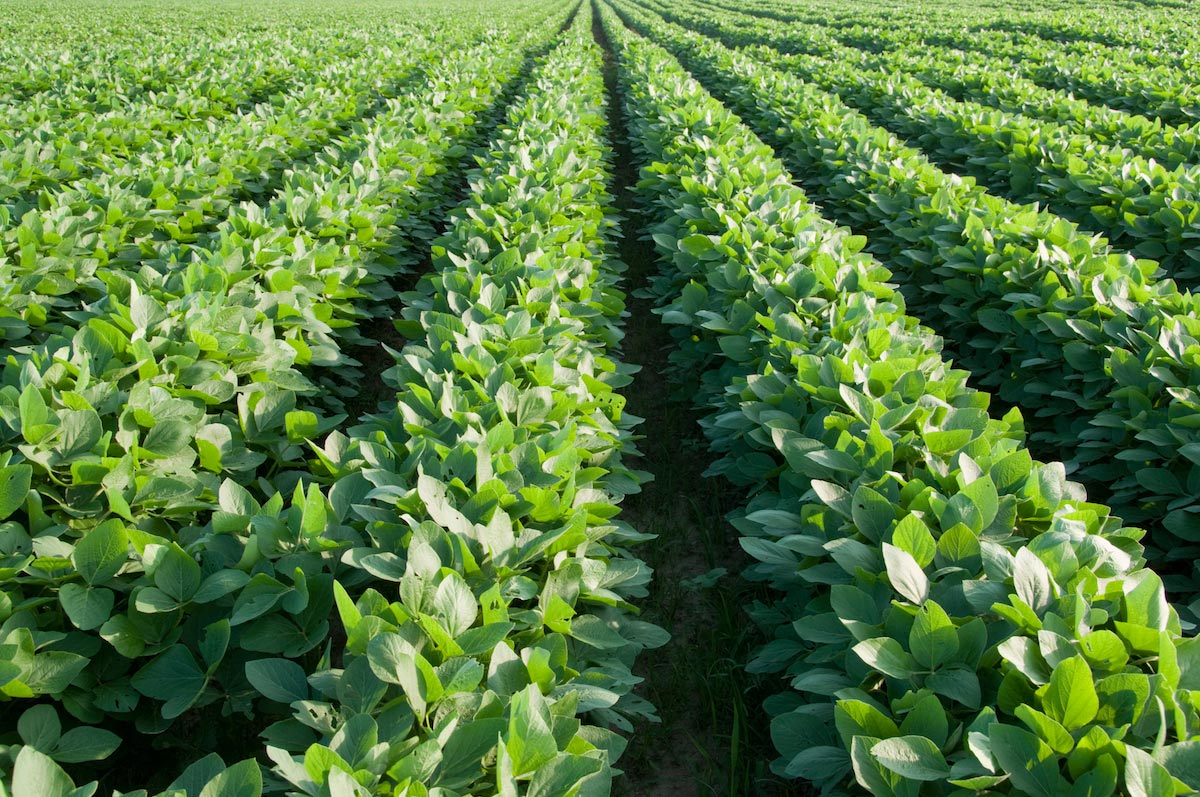
The United States Department of Agriculture (USDA) just gave the green light to genetically modified soybeans that produce pig proteins. A UK-based company named Moolec has developed a genetically modified strain of soybeans that produces a mixture of soy protein and porcine myoglobin, or pig proteins. The company claims the new hybrids will have the same taste, texture and nutritional value of animal meat and eventually become the “alternative” to traditional meat. These Frankenfood soybeans are expected to be harvested in traditional ways, but they will be used to create various plant-animal hybrid proteins and be incorporated into a newly-contrived market of fake meat products.
In recent years, animal husbandry has been depicted as a global threat to the environment and is being gradually phased out around the world in favor of genetic experiments and highly processed “vegan” substitutes. Globalists and venture capitalists have invested in designer GMO crops, insect factories, mRNA-tainted crops and synthetic meats to exploit the population.
Globalists look to feed the population piggy soybeans and pea protein that is infused with cow meat
Piggy soybeans are the latest in a series of genetically engineered soybean hybrids that promise to revolutionize the soybean industry. Additionally, the company claims it is working on a new strain of pea plants that will produce cow protein. Researchers are concerned about the potential genetic and generational implications of this experimental gene editing. The company claims the new soybeans will splice conventional soya into a soybean hybrid that has 26.6 percent animal protein. The interior portion of the soybean hybrid has a pink flesh color. The exact animal genes used in this new Frankenfood are classified as trade secrets.
One study shows that using CRISPR-Cas for gene editing causes significant damage to the plant genome. A CRISPR induced DNA break can lead to crossover, chromosome loss and chromosome rearrangements similar to those seen in chromophagy. The same process of gene exchange, gene re-arrangement and gene loss occurs in both human and animal cells that are subject to gene editing.
“The consequences of ‘cutting’ the genome are to some degree unpredictable and uncontrollable,” Test Biotech says. When both strands of DNA have been cut, as is usually the case with CRISPR-Cas—the ends of the chromosome can lose contact with one another. If repair of the chromosome break is unsuccessful, the severed ends may be lost, rearranged or incorporated elsewhere.
This soybean-pig hybrid protein is a new, novel substance that will be introduced to the population without adequate testing. The USDA’s Animal Plant Health Inspection Service (APHIS) has already determined that Piggy Sooy and its genetic variants won’t pose a greater pest risk than regular soybeans. Because of this one assumption, which completely ignores the human health risk factors, the agency believes that the product doesn’t need to be further regulated.
John Fagan, Ph.D. co-founder, CEO and chief scientist of Health Research Institute spoke about the risk of eating this new class of genetically modified foods. He said this product is particularly concerning, because “until now most GM foods fed to humans have been a minor ingredient within a product, whereas here the GM ingredient will be the primary ingredient.” He told the Defender that this product poses a “whole lot more risk” because people who eat this type of GM food will eat a much larger amount than what they’ve eaten in the past. He said there is always a very real and serious concern that there will be unanticipated and unpredictable side effects.
Stay up with latest on gene editing and the exploitation of the food supply at GMO.News.
Sources include:
Submit a correction >>
Tagged Under:
animal proteins, big government, chemicals, chromosome loss, CRISPR, Food Evolution, food experiments, food science, food supply, foodscience, frakenfood, genetic lunacy, gmo regulations, GMOs, grocery, human exploitation, Piggy Sooy, plant-meat hybrids, population control, products, science deception, science fraud, side effects, toxins, USDA
This article may contain statements that reflect the opinion of the author
RECENT NEWS & ARTICLES
COPYRIGHT © 2017 FOOD SCIENCE NEWS


